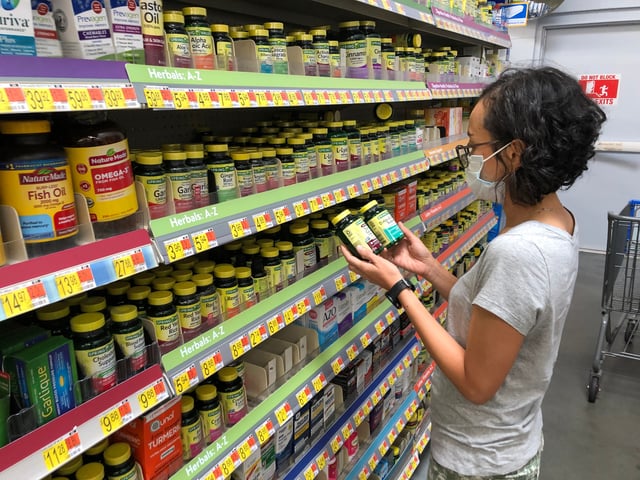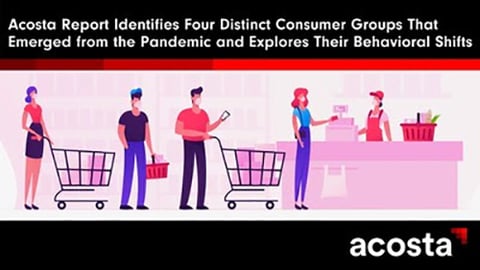Third of Shoppers Cite Cost as Biggest Barrier to Healthy Eating
According to “COVID-19 Has Elevated the Health & Wellness Trends of Recent Years,” a report from Acosta, a global integrated sales and marketing services provider in the consumer packaged goods (CPG) industry, 33% of today’s shoppers said that cost was the greatest obstacle to healthy eating. The report discusses the pandemic’s considerable effect on shopper priorities and advises how the industry can best meet consumer demands amid this new normal.
“COVID-19 has sharpened the focus on recent health-and-wellness trends, with nearly two-thirds of consumers taking a proactive approach to healthy living,” observed Colin Stewart, EVP, business intelligence at Jacksonville, Fla.-based Acosta. “However, while most of today’s shoppers are motivated to live a healthy lifestyle, many report the cost of eating a nutritious diet prevents them from doing so. This challenge opens a door for retailers to become trusted resources among health-focused consumers, many of whom are beginning to look beyond medical professionals for guidance on affordable purchase recommendations and product information. Now more than ever, retailers would be wise to offer health-and-wellness solutions tailored to fit current consumer needs — whether this means providing discounts on featured items, creating incentive programs or optimizing product labeling. COVID-19’s acceleration of the self-care trend has created an opportunity for retailers to significantly expand sales and drive shopper loyalty.”
Among the other findings uncovered in Acosta’s report:
- The identification of four distinct shopper segments that manage their health differently: Active (24% of consumers surveyed), which does everything possible to live the healthiest life possible, including eating right and exercising regularly; Balanced (40% of consumers), which takes a balanced approach to health through diet and exercise, but doesn’t obsess over it; Want To, But… (30% of consumers), which wants to maintain their health, but has difficulty staying motivated, preferring to manage their health through rest and relaxation, checkups and over-the-counter or prescription medications; and Carefree (6% of consumers), which doesn’t usually worry about their health, and only acts when a problem emerges.
- When asked what self-care means to them, respondents most frequently cited a focus on healthy eating and nutrition, with 49% giving that answer, while 35% said that self-care means taking vitamins and supplements.
- Consumers said that fresh food and healthy food offerings are the most important components for a retailer to be a trusted health resource, with 45% believing that selling a wide variety of fresh foods is most important, 42% believing that selling a wide variety of healthy foods is most important, 38% believing that offering a wide variety of over-the-counter health care products is most important, and 34% believing that offering educational health-and-wellness resources is most important.
- Shoppers are increasingly interested in leveraging additional health services in-store, with 83% having tried or interested in routine eye exams in-store, 74% having tried or interested in learning how to cook healthy meals in-store, 72% having tried or wanting to visit a clinic for routine care in-store, 62% having tried or wanting to visit a clinic for minor medical issues in-store, and 59% having tried or wanting to visit a clinic to treat a chronic health condition in-store.
Data for “COVID-19 Has Elevated the Health & Wellness Trends of Recent Years” was gathered via online surveys using the company’s proprietary shopper community, conducted May 7-18.






